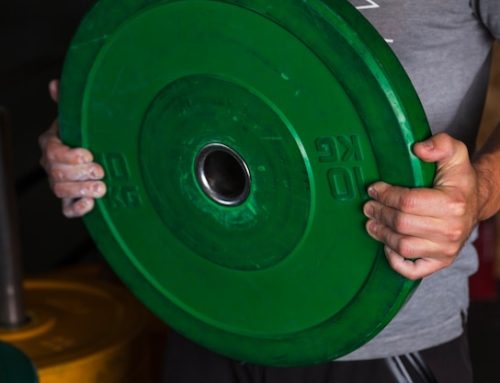Introduction
High-rep weightlifting, also known as high-volume training or high-intensity training, is a popular weightlifting technique among bodybuilders and fitness enthusiasts. High-rep weightlifting involves performing a large number of repetitions of a particular exercise with a relatively light weight.
In this article, we will explore why bodybuilders perform reps very fast during high-rep weightlifting.
Why Reps are Performed Very Fast?
Bodybuilders and weightlifters perform reps very fast during high-rep weightlifting for several reasons. One of the primary reasons is to increase muscle endurance. When performing high-rep weightlifting, the muscle fibers become fatigued, and performing reps quickly helps improve muscle endurance by training the muscle fibers to work beyond their normal fatigue threshold.
Another reason for performing reps quickly is to improve metabolic conditioning. High-rep weightlifting involves performing a large number of repetitions, which increases the metabolic demand on the body. Performing reps quickly helps increase the metabolic demand even more, which can help improve cardiovascular and muscular endurance.
Benefits of High-Rep Weightlifting
Performing high-rep weightlifting has many benefits, some of which include:
- Increased muscle endurance
- Improved metabolic conditioning
- Improved cardiovascular endurance
- Increase in muscular hypertrophy
- Improved mental toughness
How to Perform High-Rep Weightlifting
Performing high-rep weightlifting requires proper form and technique to prevent injury and maximize results. To perform high-rep weightlifting, you should:
- Select a weight that is 40-60% of your one-rep maximum
- Perform 3-5 sets of 15-30 reps with minimal rest in between sets
- Focus on maintaining proper form and technique throughout the exercise
- Perform reps quickly to improve muscle endurance and metabolic conditioning
- Incorporate high-rep weightlifting into your workout routine 2-3 times per week
Common High-Rep Weightlifting Exercises
Some of the most common high-rep weightlifting exercises include:
| Exercise | Muscles Targeted |
|---|---|
| Squats | Quadriceps, hamstrings, glutes, calves |
| Bench press | Chest, triceps, shoulders |
| Deadlifts | Back, glutes, hamstrings, quads, calves |
| Push-ups | Chest, triceps, shoulders |
| Pull-ups | Back, biceps, shoulders |
Challenges of High-Rep Weightlifting
While high-rep weightlifting has its benefits, it can also present some challenges. Some of the challenges of high-rep weightlifting include:
- Increased risk of injury due to fatigue
- Decreased strength and power output due to using lighter weights
- Muscle soreness and fatigue
- Boredom and lack of variety in workout routine
Conclusion
High-rep weightlifting is a popular technique among bodybuilders and fitness enthusiasts. By performing a large number of repetitions with a lighter weight, high-rep weightlifting can help improve muscle endurance, metabolic conditioning, and cardiovascular endurance. Performing reps quickly during high-rep weightlifting can help increase the metabolic demand even further, leading to improved results. However, high-rep weightlifting can also present some challenges, such as increased risk of injury and decreased strength and power output. Therefore, proper form, technique, and moderation are crucial when incorporating high-rep weightlifting into your workout routine.






